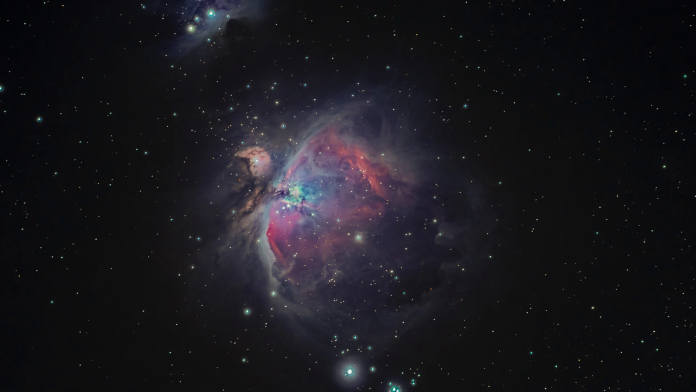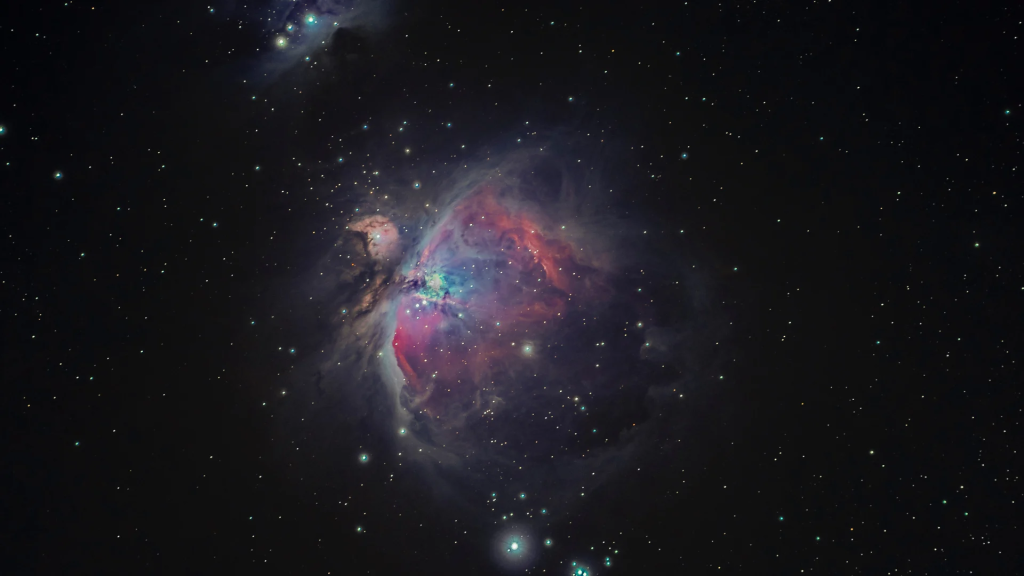
“Seeing it’s like catching a glimpse of a rifle bullet for one thousandth of a second,” explained David Jewitt of UCLA, describing the brief passage of an object now designated as 3I/ATLAS. The third confirmed interstellar visitor is traveling through the solar system at a speed that towers over anything ever measured for such a body.
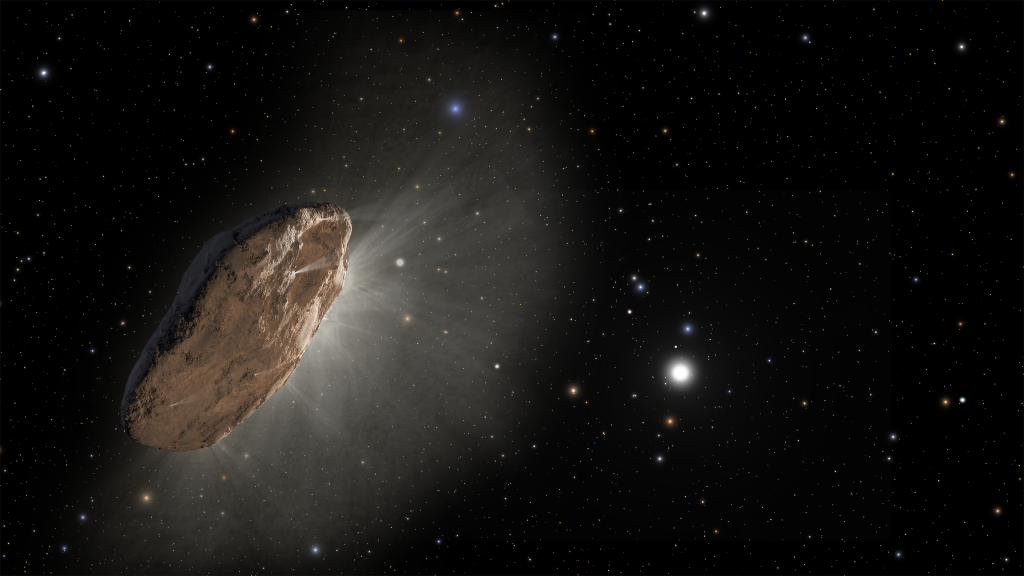
Its arrival has triggered a world-wide rush by astronomers, not just for its record speed, but also because of what it could tell astronomers about interstellar objects’ chemistry, origins, and prevalence. From its initial detection in early July to the most recent high-resolution images from the Hubble and James Webb space telescopes, 3I/ATLAS has already rewritten some of the playbook for observing cosmic interlopers.
Following are seven of the most intriguing glimpses into this unusual visitor discoveries that combine hard facts, expert analysis, and the intriguing uncertainties that have the scientific community looking up.
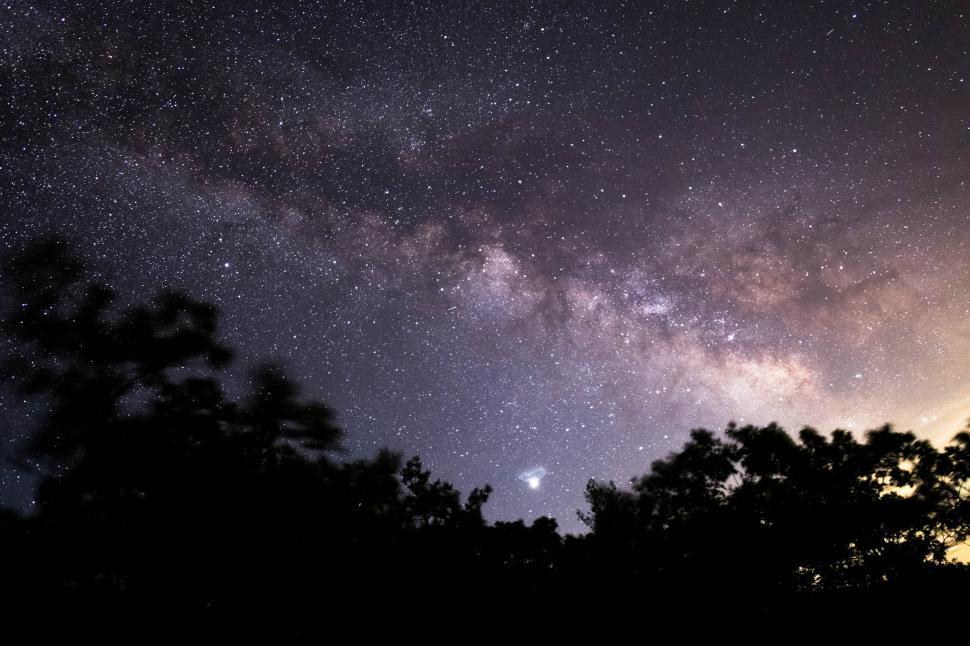
1. A Record-Breaking Velocity
3I/ATLAS has a speed of approximately 210,000 kilometers per hour (130,000 mph), the fastest recorded velocity of a solar system visitor. This velocity is way above the escape velocity of the Sun, cementing its interstellar nature. NASA researchers observe that such speed is probably the product of gravitational slingshots by millions of stars and nebulae over billions of years, incrementally increasing its speed. The hyperbolic path of the object, with an eccentricity of 6.2, leaves no confusion that it is not gravitationally bound to our star and will never come back.
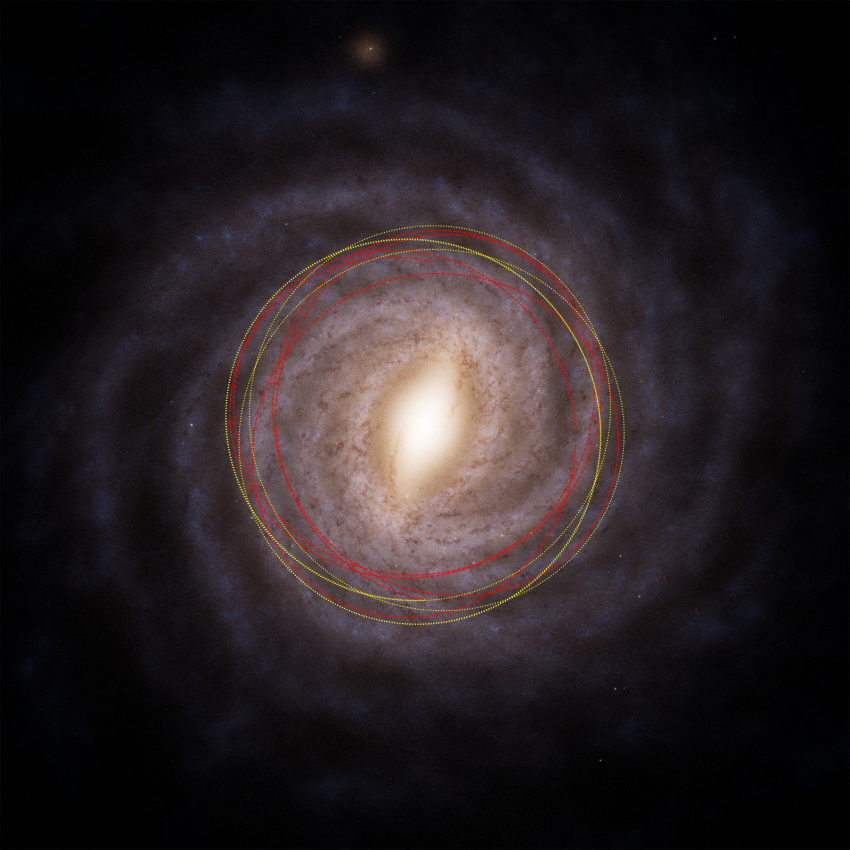
2. Formation in the Milky Way’s Thick Disk
Trajectory analysis indicates 3I/ATLAS probably originated from within or close to the thick disk of the Milky Way a region inhabited by old stars circling high above and below the galaxy’s thin plane. Its track is significantly dissimilar from the two past interstellar passersby, ‘Oumuamua and 2I/Borisov, suggesting a potentially different formation environment. Its steeper galactic trajectory provides astronomers with a unique chance to tap stellar populations older than our Sun.
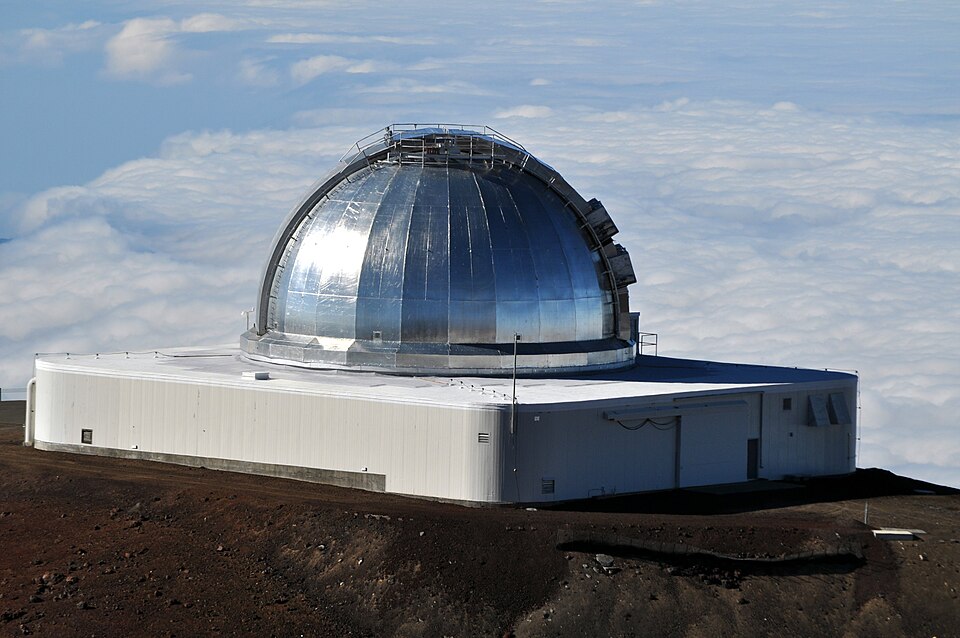
3. A Water Ice and Organic Rich Comet
Spectroscopic information from Gemini South, the NASA Infrared Telescope Facility, and the Swift Observatory have attested to copious water ice in solid grain and vapor state. The dust composition is similar to D-type asteroids, which are organically rich and silicate rich, indicating a combination of carbonate minerals, rocky components, and volatile ices. The mixture attests to its classification as an active comet and gives a chemical signature of processes in its parent system.
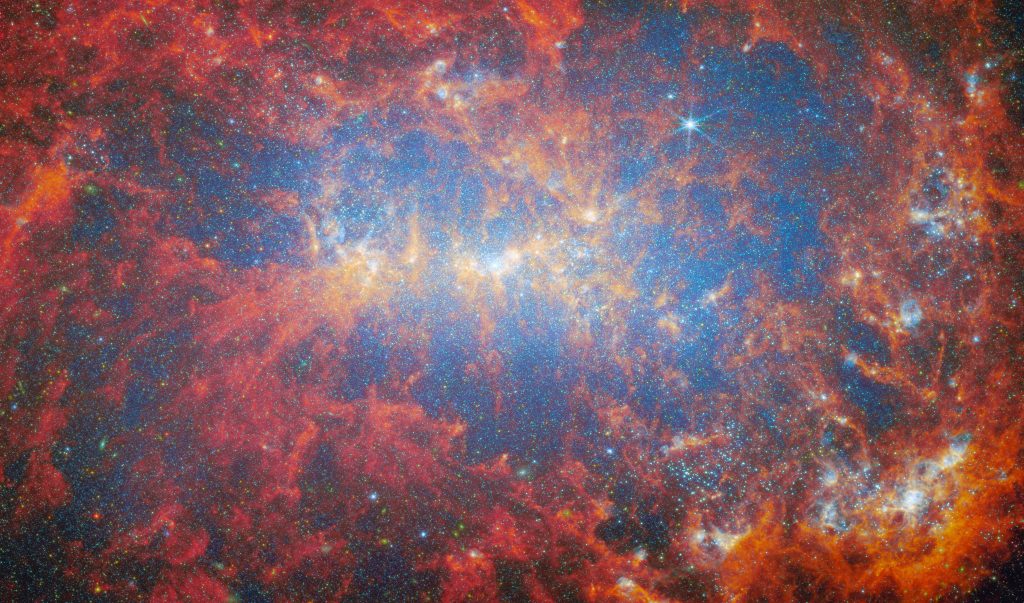
4. Unusual Carbon Dioxide Dominance
Initial James Webb Space Telescope observations on August 6 showed that 3I/ATLAS’s coma is carbon dioxide dominated, with one of the highest CO₂-to-H₂O ratios ever measured in a comet. Scientists suggested in a Zenodo preprint that this may signal formation close to the CO₂ ice line of its protoplanetary disk or extended exposure to radiation in interstellar space. Both possibilities suggest environmental conditions different from those in our solar system.
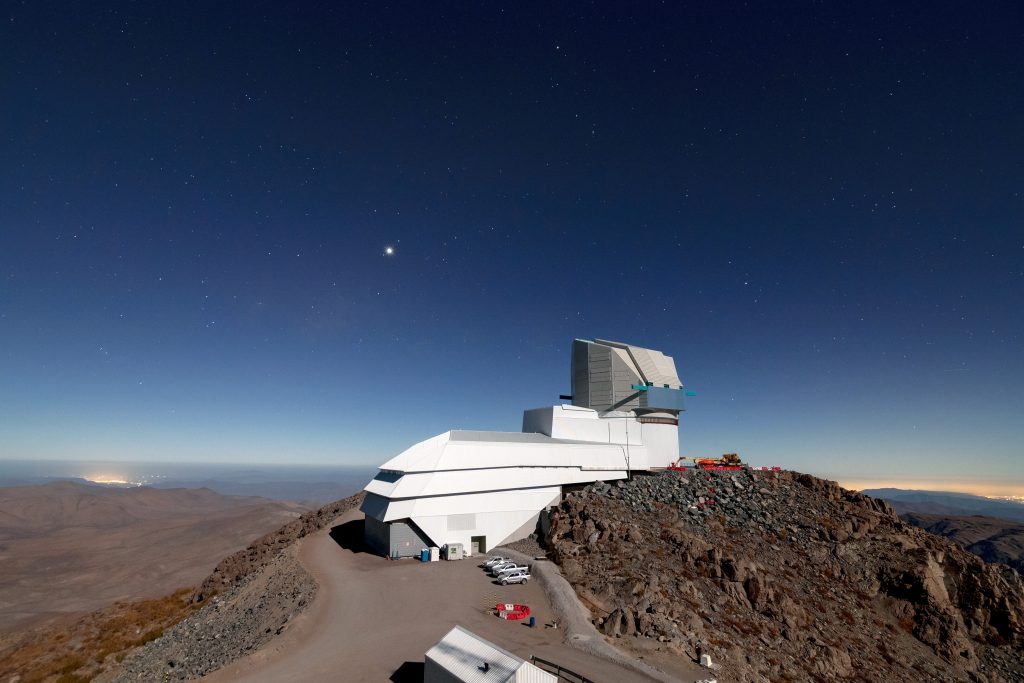
5. Contracting Size Estimates
Early estimates had the nucleus being as large as 20 kilometers in diameter, but follow-up observations from the Vera C. Rubin Observatory and Hubble narrowed that to around 5.6 kilometers and as small as 320 meters. This radical reconsideration highlights the challenge of measuring distant, high-speed targets and questions how such a dense body could last billions of years in interstellar space without falling apart.
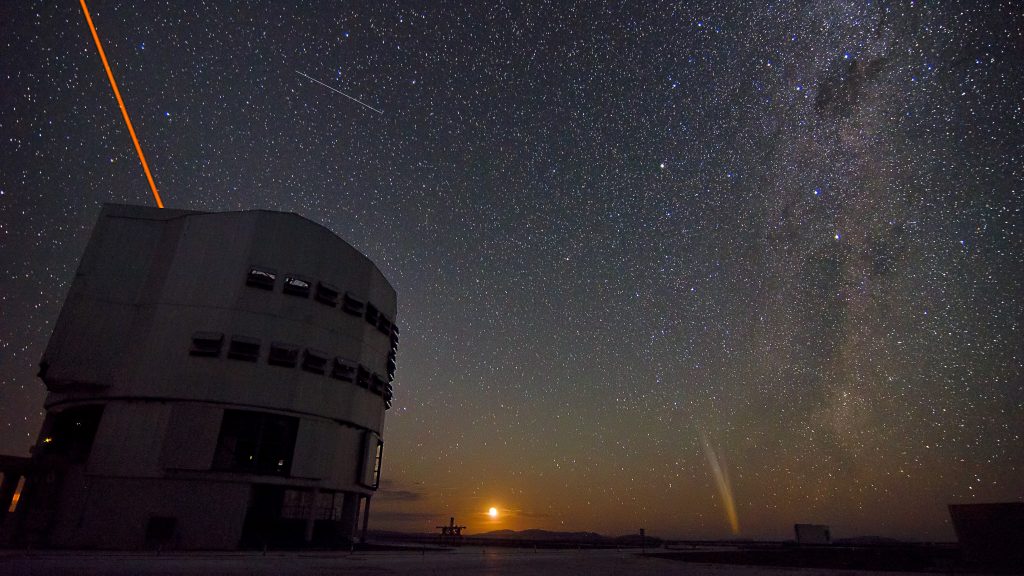
6. The Alien Technology Debate
A controversial preprint by Avi Loeb and colleagues speculated that 3I/ATLAS might be a “technological artefact” from an advanced civilization, citing its anomalous trajectory and speed. The paper suggested potential strategic planetary flybys and periods hidden from Earth-based observation. However, experts such as Chris Lintott of Oxford dismissed the idea as “nonsense on stilts,” emphasising that all available evidence points to a natural comet ejected from another star system.
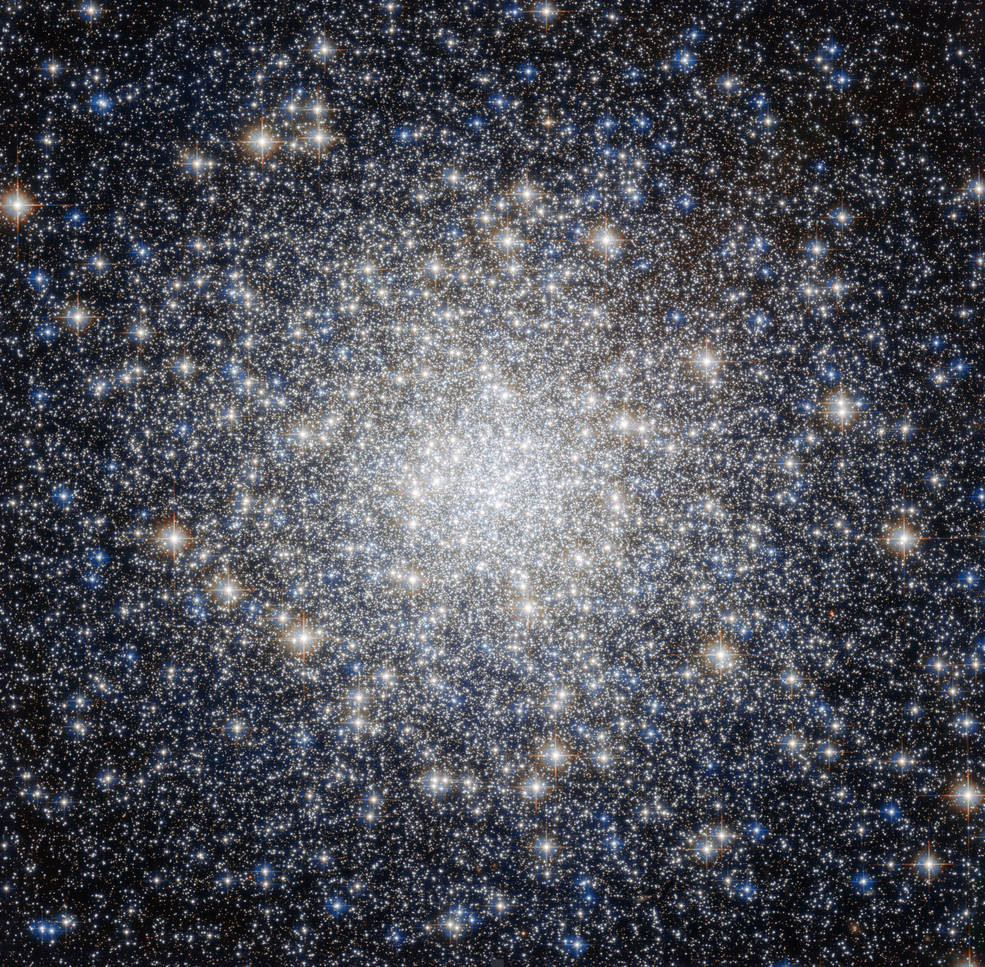
7. A Glimpse at the Future of Interstellar Detection
The detection of 3I/ATLAS within months of ‘Oumuamua and Borisov indicates that these visitors could be much more frequent than previously believed. As the Vera C. Rubin Observatory comes online, astronomers project five to fifty interstellar bodies will be found in the coming decade. Each will provide a new data point in learning about the diversity, origins, and possible habitability of planetary systems beyond the Solar System.
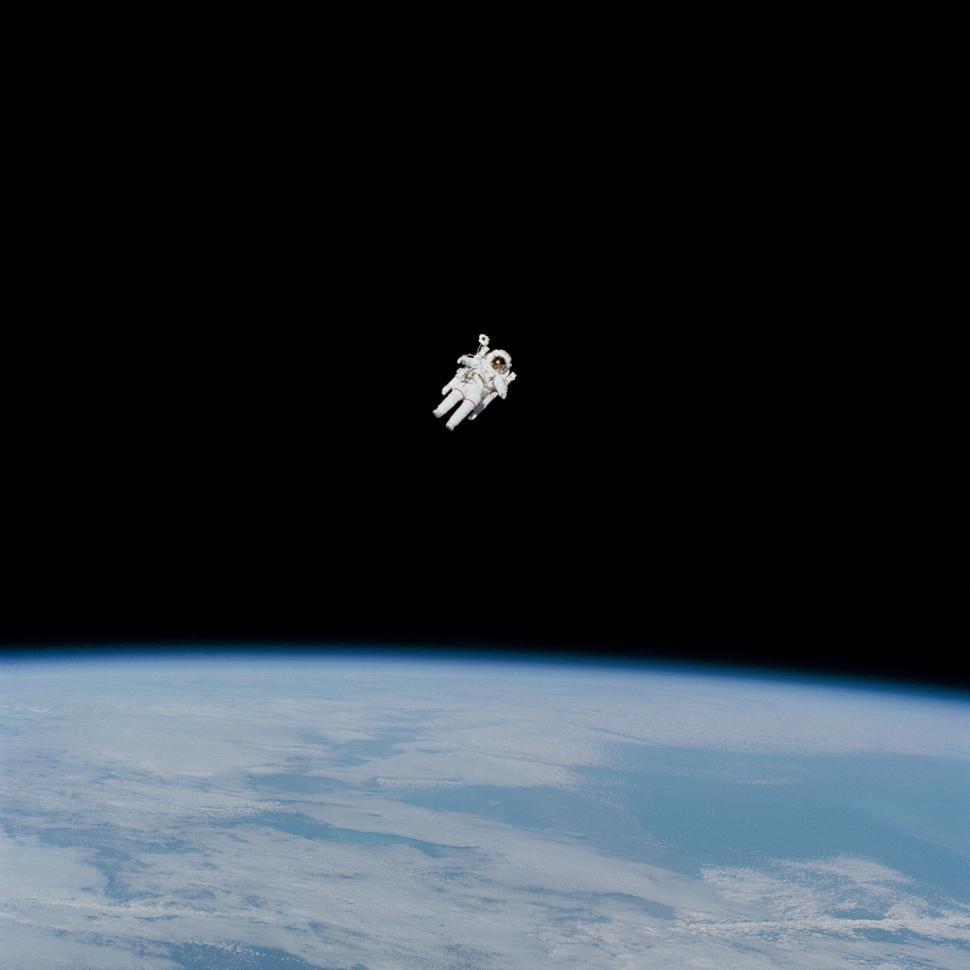
3I/ATLAS will soon disappear into the vastness of space, out of the sight of even our most advanced telescopes. But in its short visit, it has already enriched our knowledge of interstellar chemistry, galaxy dynamics, and the technological difficulties of observing such transient visitors. As the detection levels advance, the world is on the threshold of an age in which interstellar contacts become common place and every one may harbor a piece of a tale from a far-off, primeval corner of the galaxy.
